In spite of its proximity to the UK, the availability of cheap flights from at least three major UK airports, and the fact that English is widely spoken almost everywhere, Luxembourg remains one of Europe’s lesser-visited countries.
In 2015 both France and Germany (two of Luxembourg’s neighbours) featured in the top 5 list of the most visited countries in Europe, seeing 119.5 million tourists between them. Yet in a similar study in 2014, Luxembourg welcomed just 905,000 visitors, and is ranked as the tenth least visited country in Europe.
However, after spending a long weekend in Luxembourg at the beginning of the month, I just cannot understand why this is the case.
The country is just so damn beautiful.
For starters its capital city boasts one of the most stunning settings of any urban area in Europe. It’s wedged between two spectacular gorges, at the confluence of the Pétrusse and Alzette rivers. The oldest part of the city – known as “Grund” or the Lower Town – lies along the banks of the pretty Alzette river. Perched along the cliff edge, 70 metres above, is the city’s Upper Old Town (also known as “Ville Haute”). In between the two are a series of underground tunnels – known as the “Bock Casemates” – that were used to defend the city against invaders in the 18th century.
There’s also a wonderful mix of well-preserved historic sites and contemporary architecture (just take a look across the skyline at any high point in the city and you’ll see exactly what I mean), an abundance of greenery and parks, a vast array of inviting cafes and restaurants, and blooms of colourful flowers almost everywhere you look.
Outside of the capital city you’ll find some magnificent castles and adorably charming little towns with quiet cobbled streets, that make you feel like you’re somewhere in Bavaria.
Although Luxembourg is a tiny country (about the size of an average county in the UK), there’s definitely no shortage of Instagram-worthy sights to keep you occupied and entertained.
But before I tell you about some of these, here are a few interesting facts about Luxembourg:
- It has more Michelin-starred restaurants per head (11 in a nation of half a million) than anywhere else in the world.
- Luxembourg City’s old town was awarded UNESCO World Heritage status in 1994.
- One of its three official languages is Luxembourgish (yes that is its actual name!). The other two are French and German.
- Luxembourg city is the only place to have become the European Capital of Culture twice – in 1995 and 2007.
- Amazon has its European headquarters in a little street in the Grund. I walked past it and had to do a double-take!
Some of the links in this post are affiliate links. All this means is that if you make a purchase through one of the links I have provided, I will earn a small commission as a result but the cost to you will remain exactly the same.
Getting to Luxembourg
A number of budget airlines run flights from the UK (I flew from Manchester with Flybe) to Luxembourg’s Findel airport, just 30 minutes by bus from the centre of Luxembourg City. Skyscanner is my go-to website for finding cheap flights; you can download the app here.
Arrival into the city
If you’re planning on doing much sightseeing during your stay (and let’s face it, who isn’t? That’s what you’re there for after all!) or use public transport other than simply to and from the airport, then make sure one of the first things you do upon arriving in the city is to get yourself a Luxembourg card.
Considering the cost of most other things in the country (food, drink, and accommodation), this little beauty represents incredible value for money.
You can buy a one, two, or three-day card for €13, €20, or €28 respectively, which entitles you to free access to more than 60 tourist attractions in Luxembourg as well as free public transport throughout the entire country. I got myself a two-day card, and I think that well before the first day was over, the card had already paid for itself.
What I also love about it is that you can buy it online (using a credit/debit card or PayPal) via the app and activate it via the app, and then all you need to do is show the digital version of the card to gain your free entry or obtain your free ride. No paperwork involved, no special journey to the tourist information office is required, and no physical tickets to lose! In short, it’s a genius idea and will save you a helluva lot of money.
Another thing I loved about Luxembourg was that in the capital city, there is free wifi available almost everywhere. And, it actually works! You’ll need to register using your email address, and then they’ll send a code to your mobile which you’ll need to tap in to activate it. Hang on to the activation code, as you’ll need it every time you re-log on to the network (for example, if you’ve been connected to your hotel’s wifi in between times).
Things to Do in Luxembourg in a Long Weekend
Although Luxembourg City is a small capital (its permanent metropolitan population is just 103,600 (that’s not a lot more than the large town I live in, in the UK)), there is plenty to see and do here, so you’ll need at least a full day (preferably two) to do it justice.
The good news is that if you visit in summer, as I did, it doesn’t get dark until around 9:30pm, so you’ve got around 15 hours of daylight to play with. I appreciate that only the really dedicated amongst you (or those suffering with insomnia) will be setting off to explore at 6:30am but even if you don’t leave your hotel until 9:30am, that’s still 12 hours of sightseeing time per day. So you can see quite a lot in just a day.
Luxembourg City is split up into five distinct neighbourhoods:
- Upper Old Town
- Grund
- Clausen
- Gare
- Kirchberg
Gare is where the train station is located, and many of the city’s hotels. It’s the least attractive part of the city, and the area immediately surrounding the station can be a little seedy. Clausen, on the other hand, is much more attractive but there are no notable sights there; it’s primarily recognised as being a centre for the expat community. So during my stay I concentrated on the remaining three – Upper Old Town, Grund, and Kirchberg.
There are a number of self-guided walking tours that you can take around the city that will introduce you to the best bits of all three. You can download PDF files of the routes from the LCTO website, or alternatively you can pick up walking tour pamphlets from the Luxembourg City Tourist Office. The routes are well-marked (I spotted several of the “Wenzel” and “Vauben” signs while I was wandering around) and it’s yet another example of the efficiency and innovation that’s ever present in the city.
Upper Old Town
The UNESCO-listed Upper Old Town is considered the centre of the city. It’s where you’ll find the majority of the city’s bars, restaurants, shops, museums, and notable historic buildings.
Absolutely do not miss the Casemates du Bock (€3 or free with your Luxembourg card). Cut into the Bock promontory, this 17 kilometre network of underground tunnels and caverns was initially used to allow safe passage between the city gates, and subsequently to defend the city against invaders. The windows in the rock (originally used to fire cannons through) offer fantastic views over Grund and Clausen.
If you’re a little claustrophobic and decide that tunnels aren’t for you, you can get very similar views from just outside the exit and by walking south along Chemin de la Corniche towards Boulevard Victor Thorn.
There are also some incredible views down the valley in the opposite direction, from Rue du Saint Esprit (the location of the (free) lift that takes you down to Grund).
It looks even more magical at night.
At the opposite side of the Upper Old Town you’ll find the late-Gothic Cathédrale Notre-Dame. I arrived just a little too late to have a peek inside, but it looks pretty impressive from the outside, especially when its spires are bathed in the golden light of the late afternoon sun.
From the nearby square, Place de la Constitution, you can look out over the Pétrusse Valley. Whilst the views are arguably not as impressive as those along the Alzette Valley, they remind you just how much greenery there is in this city.
From here you can head back into the centre of the Upper Old Town down Luxembourg’s main shopping street – recognisable by the strange silver art installation that snakes its way along the pedestrianised street high above shoppers’ heads.
And whilst we’re on the subject of art, while you’re wandering the streets of Luxembourg’s Upper Old Town you may be lucky enough to stumble upon this bunch of bronze entertainers. There’s dancers, musicians, a fire-breather and a jester.
Don’t forget to stop by the Palais Grand-Ducal, the former home of the Grand Duke and Duchess, and somewhere that’s still used for ceremonial purposes and state occasions. Constructed in 1573, it’s one of the most photographed buildings in Luxembourg.
I didn’t go inside but I hear that the meticulous restoration work has transformed the interior into something pretty spectacular. Think vaulted ceilings, sweeping staircases, period furniture, and chandeliers. Viewing of the interior is by guided tour only between mid-July and early September.
When you’re ready for a little relaxation and looking for somewhere to enjoy the city’s culinary offerings, my advice would be to head to Place Guillaume II (via one of the city’s prettiest squares, Place de Clairefontaine) and snag a table at Beet.
Located next door to the Tourist Information Office, Beet was my absolute favourite restaurant in Luxembourg. Ok, so it may have been only one of two I visited, but it was so good I was reluctant to try anywhere else.
It’s always packed (if you can’t sit outside, there are usually available seats inside) and serves up a tasty, imaginative selection of entirely vegetarian and vegan fare.
If, when you leave Beet, the night is still young and you fancy stopping for a drink or two on your saunter back to the hotel, I absolutely loved the vibe at Konrad Café & Bar. Tucked down a little side street in the Upper Old Town, this British-owned tearoom/bar serves homemade cakes, great coffee, and cold beer.
They also have a timetable of live music events, including regular open mic nights. If it wasn’t for the high cost of alcohol in Luxembourg (€3.30 for a small beer (half-pint to us Brits)), I would have happily taken up residence on the comfy window seat in Konrad Café all evening.
Grund
With cobbled streets dating from the 10th century and buildings dating from the 14th, Grund is the oldest part of Luxembourg City, and also the part that ended up being my absolute favourite.
Located in a valley below the centre of Luxembourg City on the banks of the Alzette river, Grund is far less busy than the Upper Old Town. Although it’s also a popular nightlife spot in the city (especially the area immediately surrounding the access to the lift), as you wander along the peaceful cobbled streets here during the daytime, its easy to imagine what life may have been like centuries beforehand.
Aside from the National Museum of Natural History and the adjoining The Neumünster Abbey Cultural Exchange Centre, there are no ‘must see’ sights down in Grund; the pleasure of visiting this neighbourhood comes from simply meandering around with no fixed plan or destination.
However, one address you may want to seek out is 14 Rue Saint Ulric. Its facade is painted in a vibrant shade of pink and there are two visible plaques on the left-hand side above the front door, the highest of which is around five metres above the ground. Bearing in mind that the high cliffs at either side of the Alzette river are capable of channeling huge quantities of water, these plaques – dated 1756 and 1806 – indicate the height that flood waters reached before proper river management was introduced.
It’s a poignant reminder of how destructive Mother Nature can be when left to her own devices.
Whilst I didn’t eat at any of the restaurants down in Grund, I did stop for a drink at Café des Artistes, a bohemian, arty kinda drinking haunt; candlelit with poster-strewn walls and a convivial vibe. I took up residency at one of the outside tables one evening, savouring a beer and watching the sky turn that wonderful shade of pink.
Kirchberg
Also known as Luxembourg’s business district due to the fact that various EU institutions and banks are located here, Kirchberg can be found in the northeastern corner of the city.
The easiest way to get here from the Upper Old Town is via the Grand Duchess Charlotte Bridge (or ponte rouge – “red bridge”), which spans the Alzette river high above the Pfaffenthal district. If you don’t fancy the walk, bus number 16 (which incidentally is also the bus you need to catch back to the airport) will also drop you right outside the Philharmonie Luxembourg in Kirchberg.
However one of the more interesting routes (and the one I decided to take) sees you taking the Pfaffenthal Lift from Parc Pescatore, and descending 60 metres to the historic Pfaffenthal neighbourhood.
The lift is made entirely of glass (including part of the floor), so is not for the faint-hearted or those scared of heights, BUT it does offer incredible panoramic views of Luxembourg City.
From the base of the lift head straight on, cross over the bridge and walk towards the church at the end of the street, and then hang a right. After that the first street on the left will take you underneath the city’s viaduct.
As you follow the Rue des Trois-Glands towards Kirchberg, you will initially think you’ve made a wrong turn. The paved road quickly gives way to a rocky hiking trail that weaves its way through a disorientating woodland area, and there’s a very apparent lack of helpful signage. It’s somewhere that getting lost, losing phone signal, and getting eaten by bears seems a very real possibility. But fear not, the track will bring you to your destination. Eventually.
You’ll know you’ve arrived when you see the tall walls of the fortress ahead of you. Walk through the fortress tunnels and you’ll pop out on the Kirchberg plateau, directly in front of the Fortress Museum (above). There’s also some great views from here across the Alzette valley towards the centre of Luxembourg City.
The further you walk towards the stunning Philharmonie building the more the historic architecture of the old city gives way to expertly designed modern masterpieces.
The Philharmonie building itself is one of these masterpieces. Designed by French architect Christian de Portzamparc, it consists of 823 thin white columns encircling the facade that make it look a bit like a giant harp!
Another must-see building here is MUDAM (Museum of Modern Art). Although partly covered in scaffolding during my visit, you can get some idea of the appearance of the exterior from the photo below (left). Fashioned from a mix of white limestone and glass pyramids reminiscent of The Louvre in Paris, it’s been described as the most ambitious construction project ever undertaken in Luxembourg.
The interior of the museum is well worth a look too, but bear in mind that almost all of the exhibits on display here are only temporary.
Getting out of the city
Vianden
Under normal circumstances, a long weekend will only allow you enough time to explore one destination in any given country. But given that Luxembourg (the country and the capital city) is so small, normal circumstances don’t apply here. In less than three full days, I was able to fit in a full-day and half-day trip to two different towns outside of Luxembourg City, as well as having sufficient time to explore the capital itself.
If you only visit one other destination in the country aside from Luxembourg City then make it the picturesque town of Vianden. Nestled in a steep valley on the banks of the Our River, the setting alone would make this town worthy of a visit. But add into the mix one of Europe’s most impressive medieval castles and you’ve got yourself a winning combination.
What’s more, I couldn’t have timed my visit to Vianden more perfectly: I arrived smack bang in the middle of the town’s annual Medieval Festival, which takes place at the castle for a week at the end of July and into the beginning of August.
Apart from the fact that I couldn’t use my Luxembourg card for free entry into the castle (although I did get a discounted rate) during the festival, I’m so pleased that I stumbled upon this event completely by chance.
Everyone (apart from the tourists, obviously!) was in costume, performing music, dancing, and live reenactments – including a very real sword fight!
There were also demonstrations of woodturning, weaving, and glass-blowing.
Make sure you take a ride in the chair lift while you’re here for some spectacular views of the town. I would advise walking up to the castle, and then continuing on up to the Top Station in order to take the chair lift back down. You’ll get much better views of the castle this way, as you’ll be on the right side of the cables to take this shot.
If you’d like to learn more about my day trip to Vianden, you can head over and read this post.
Getting to Vianden: Take the train to Ettelbruck, followed by bus 570 (Ettelbruck’s bus station is conveniently just across the road from its train station) to Vianden. The whole journey takes less than an hour and is free with your Luxembourg card.
Echternach
Considering that a lot of tourists who visit Luxembourg City also make the day trip to Vianden, I wanted to check out somewhere else in the country that most tourists don’t make it to.
I toyed with the idea of Bourscheid and Beaufort for their castles (yep, I may have a bit of a weakness for castles; please hit me up with your castle recommendations in the comments!) and Esch-sur-Sûre (Luxembourg’s tiniest town that lies next to its largest body of water), but finally settled on Echternach because it was the easiest to get to. I was travelling on a Sunday, which isn’t the greatest day transport-wise to risk getting stranded anywhere.
Echternach is located very close to the German border (so close that half of the river which runs through it belongs to Luxembourg and the other half to Germany!) and is Luxembourg’s oldest town.
I serendipitously arrived here in the middle of a Steampunk convention (if I could choose my ideal fancy dress outfit, a Halloweeny-Steampunk mash-up would probably be it), so there was a lot more activity in town than is usually the case. But the activity was centred around Place du Marche so the majority of Echternach’s charming little streets remained quiet and empty.
Whilst there’s not a lot ‘to do’ in Echternach itself (although I was perfectly happy simply wandering around and sneaking the odd shot of Steampunk-robed individuals), the town is surrounded by a maze of spectacular craggy outcrops, pathways, gorges, and valleys known as “Little Switzerland” that is incredibly popular with hikers. You could probably spend the entirety of another long weekend exploring Little Switzerland on foot.
Where I stayed in Luxembourg
I’m not going to lie: accommodation in Luxembourg isn’t cheap. There’s one hostel in the whole of Luxembourg City, which only offers dorm beds, and whilst I don’t completely rule out the option of sleeping in a dorm when I travel (I did it earlier this year in Copenhagen), I do feel as though I’ve outgrown them to a certain extent. I value my privacy too much these days and I travel with a lot more technology (read: valuable items) now than I ever have done, so I’ll always choose a private room if at all possible.
Considering that many of Luxembourg’s “budget” hotels were too far out of the centre for my liking, and actually didn’t look as nice as the hostel I’d already ruled out, I decided to throw caution to the wind and splash out a little more on accommodation for this trip than I usually do. I found an incredible flight and hotel package deal on Expedia that allowed me three nights at Sofitel Luxembourg Le Grand Ducal for a lot less than the hotel advertises as their standard room cost per night.
Sometimes it’s worth checking package deal costs for long weekends if it’s looking to be expensive to book flights and accommodation separately. It also paid me to do so for my trip to Cologne a couple of years ago.
You can search on Expedia here.
Alternatively, if you don’t mind staying in a dorm room, the city’s Youth Hostel actually looks really nice and is in a lovely location at one end of the Alzette Valley, close to the Casemates du Bock. I walked past one day and stopped for a drink on the terrace of the attached restaurant. Rooms start from £23.
You can book with Booking here.
Other hotel options I considered but didn’t book are Grey Hotel and Ibis Styles Luxembourg Centre (both in the Gare neighbourhood close to the train station), however once I’d added on the flights neither of these worked out much cheaper than the package I’d found with Expedia at the Sofitel Luxembourg Le Grand Ducal. The Sofitel was in a nicer part of town, the rooms were luxurious with walk-in rain showers, the breakfast was amazing, and the panoramic views of Luxembourg City from the bar/restaurant on the eighth floor really were something else. At the end of the day it was a no-brainer.
Things to do in Luxembourg |Further Reading
I normally pick up a Lonely Planet guidebook in order to research my trip, however they haven’t published one exclusively on Luxembourg (theirs covers Belgium and Luxembourg), so on this occasion I thought I’d give the Bradt Travel Guide a go, and I absolutely loved it! The layout is intuitive and it’s very similar in structure to the layout of the Lonely Planet guides, so is very easy to navigate your way around. There are sections on accommodation, food, transportation, and sightseeing for every location featured, as well as helpful maps, even for the smaller towns like Echternach.
In short, if you’re heading to Luxembourg, be sure to pick up a copy. You can buy one here via Amazon.
A few bloggers have also written about Luxembourg. You can check out the following articles:
I love Luxembourg – Never Ending Footsteps
How to Spend Three Days in Luxembourg – Solo Sophie
Top 5 Reasons to Visit Luxembourg – Boutique Travel Blog
Have you visited Luxembourg? Or is Luxembourg somewhere you’d like to explore? Tell me in the comments below! I’d also love your castle recommendations too 🙂
If you like this article, please share it on social media using the share buttons at the top of the post. Alternatively you can follow along on Facebook and Twitter or you can look me up on Instagram or Pinterest too!



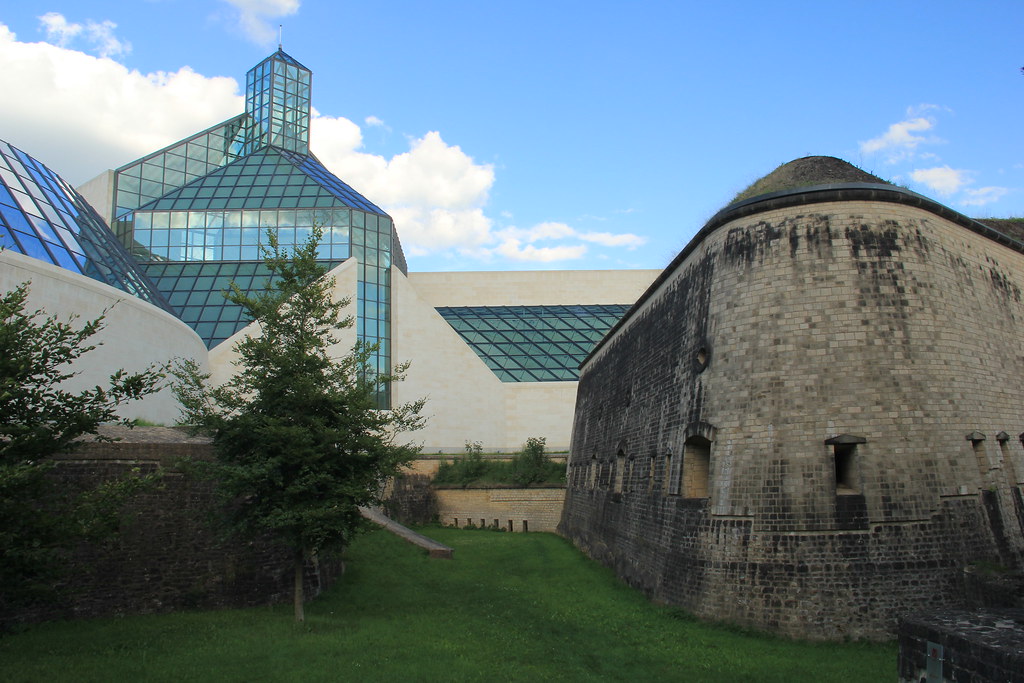
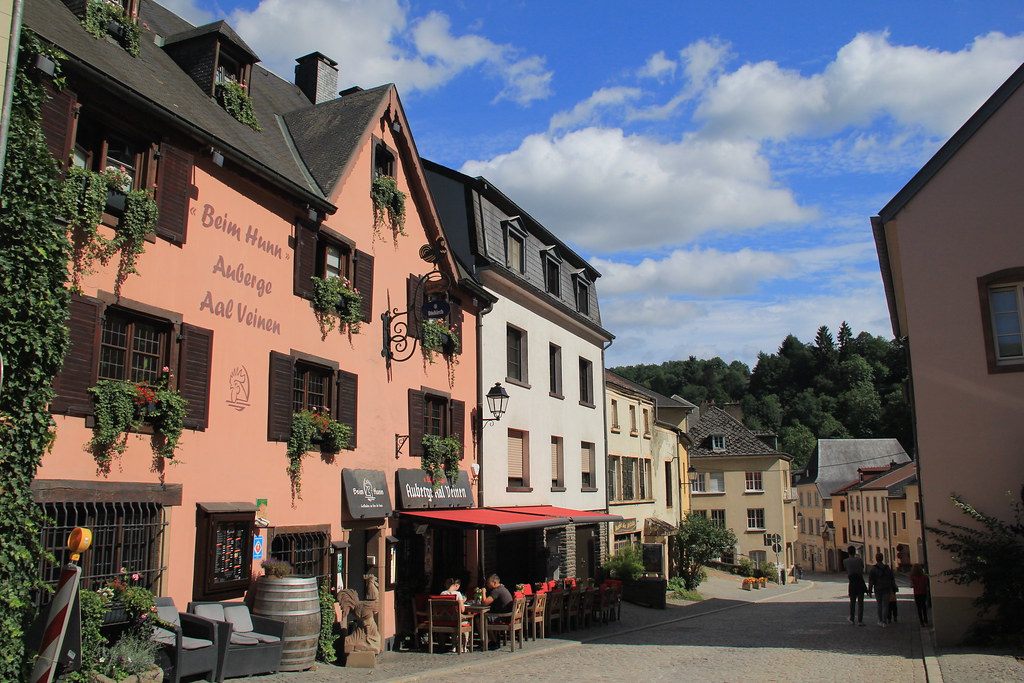


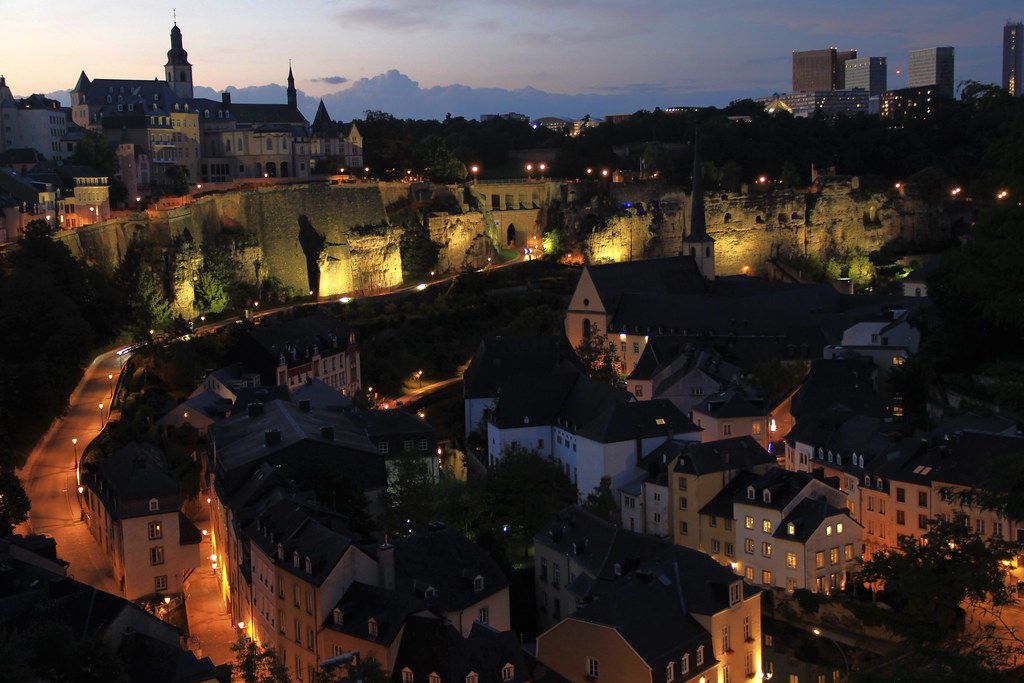
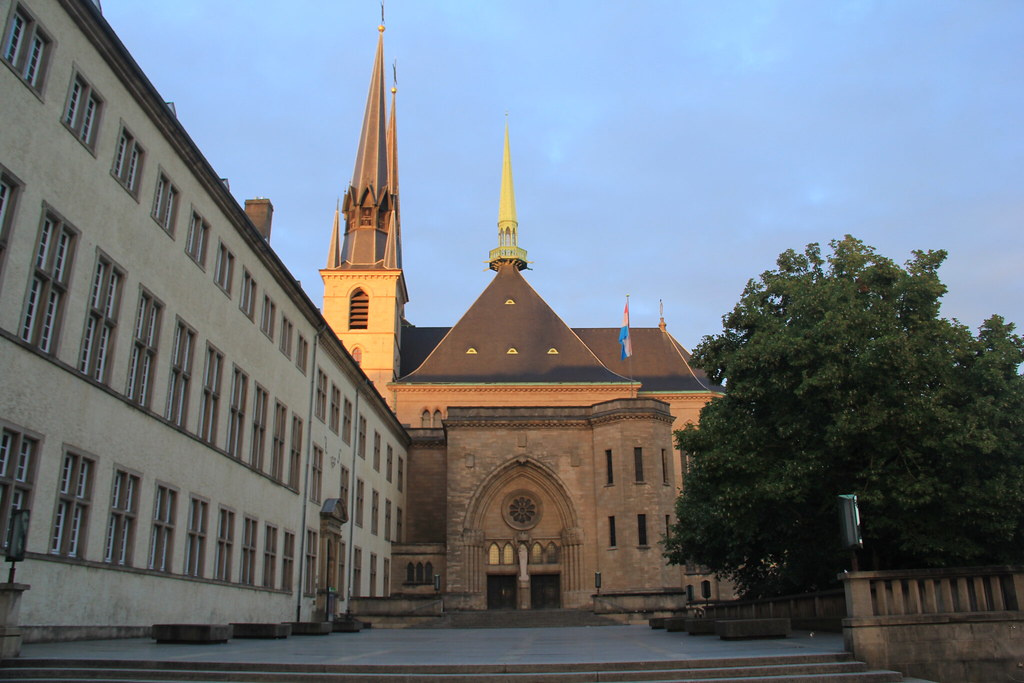
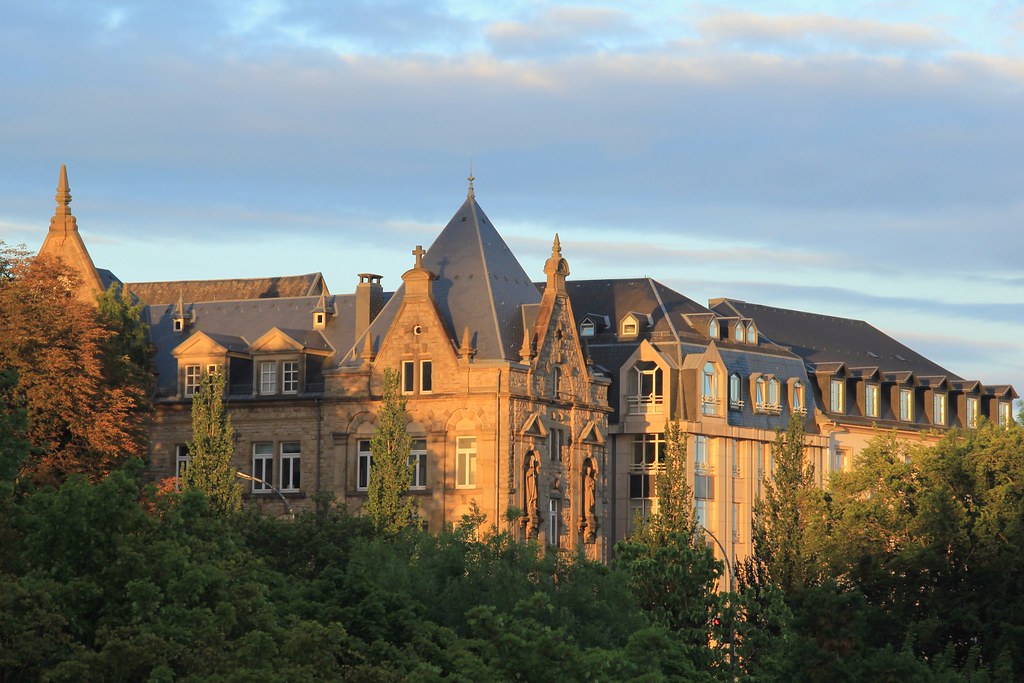



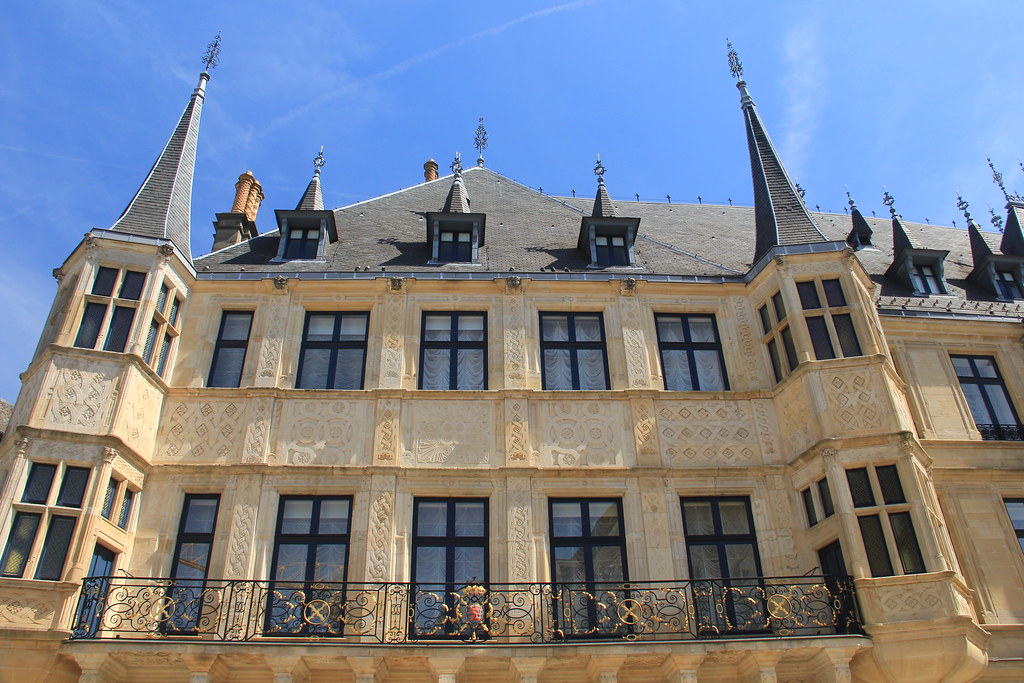


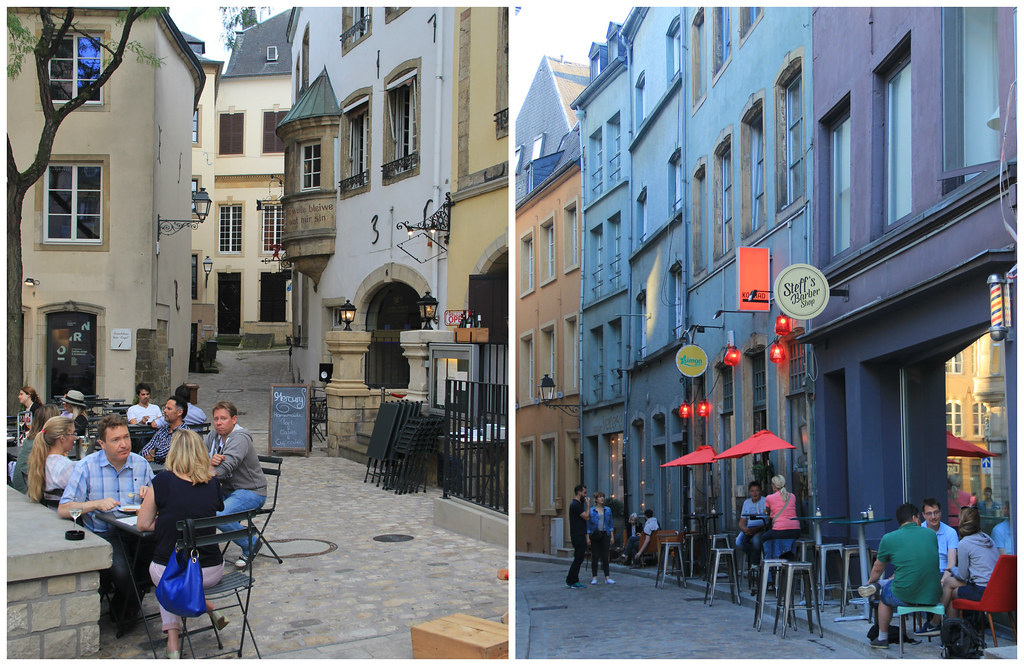
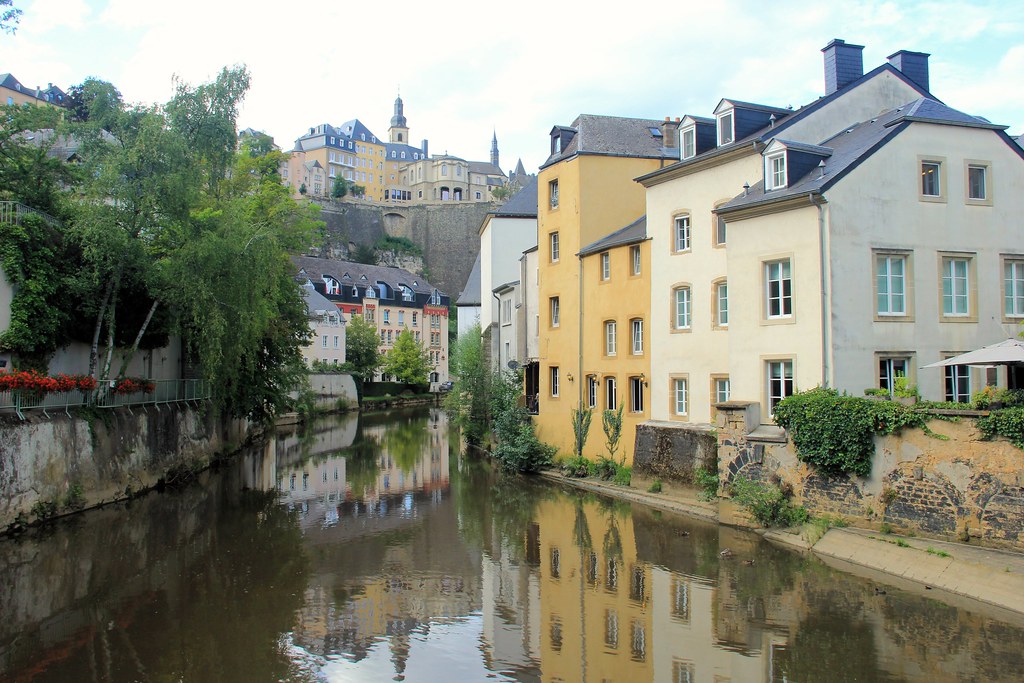
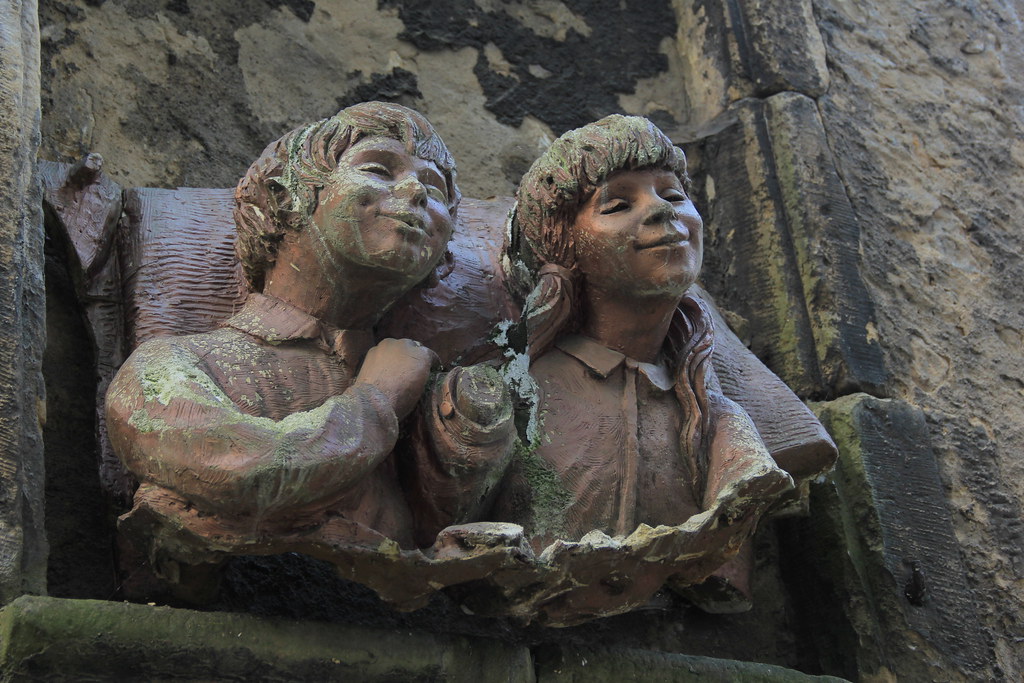
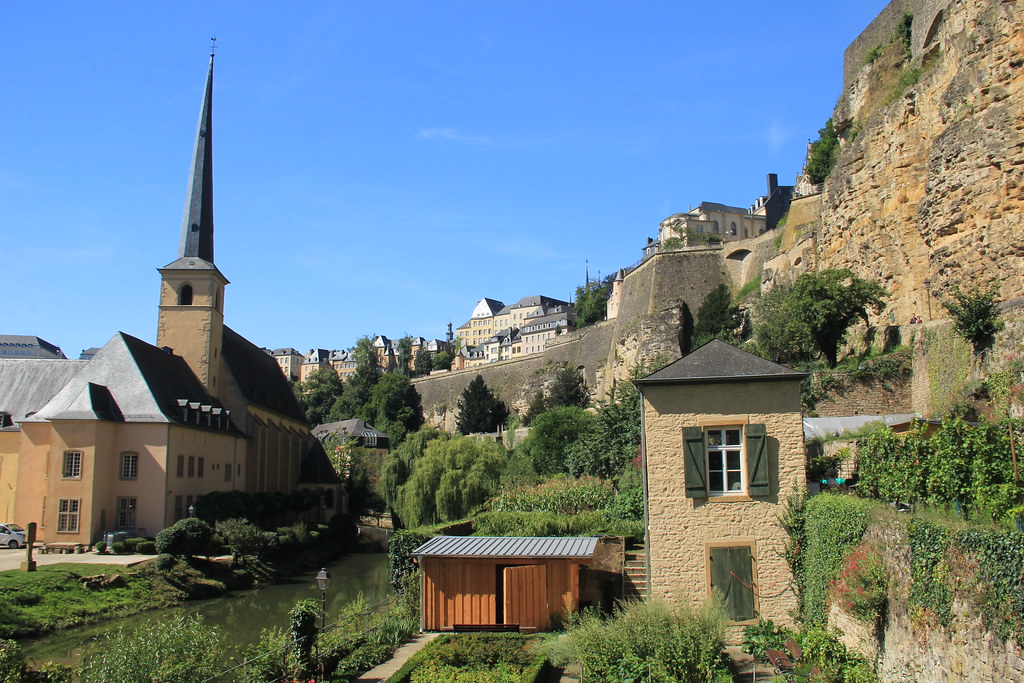
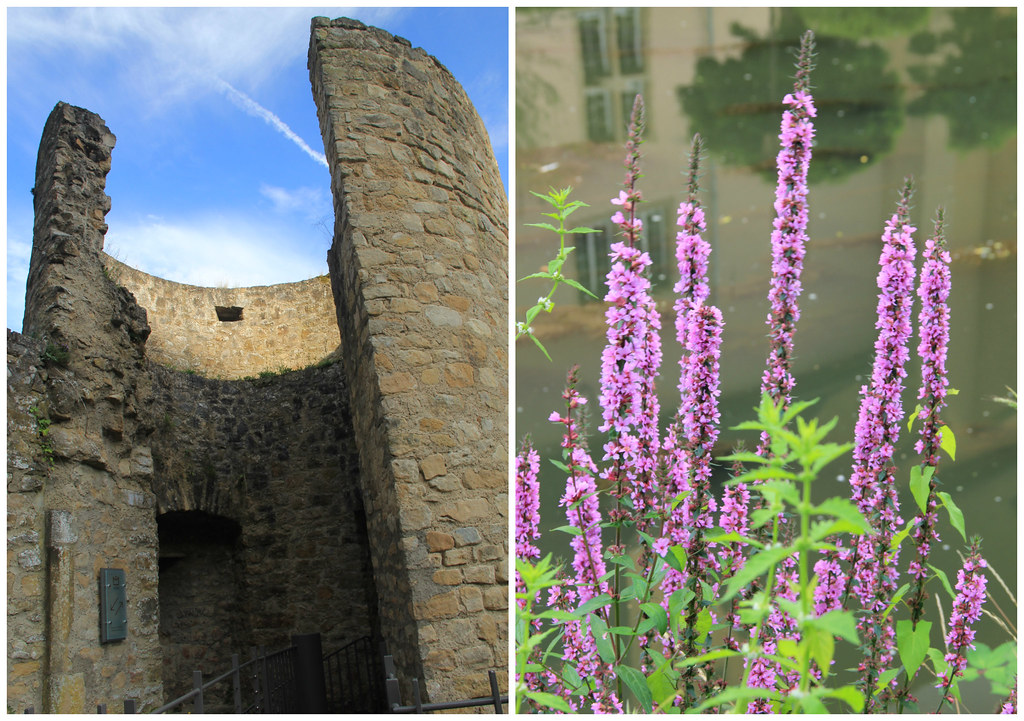



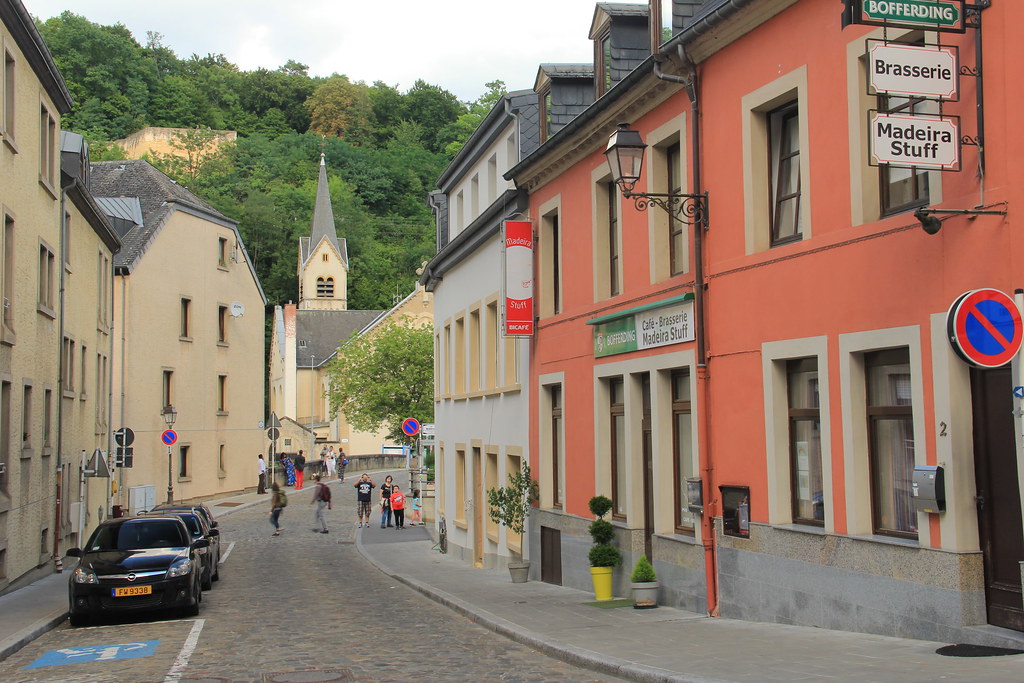
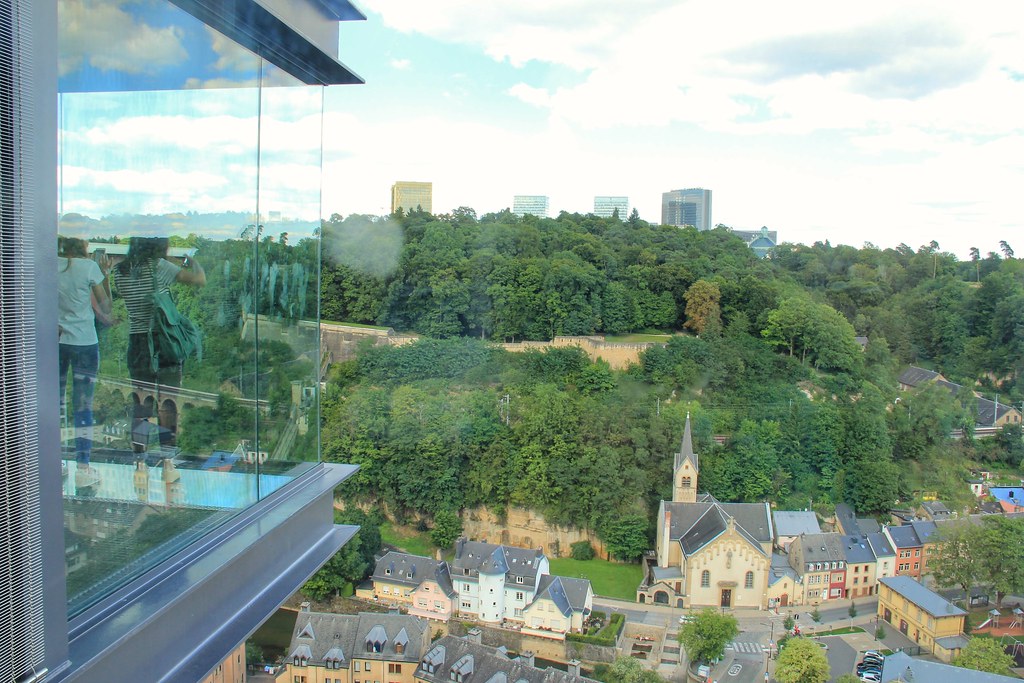

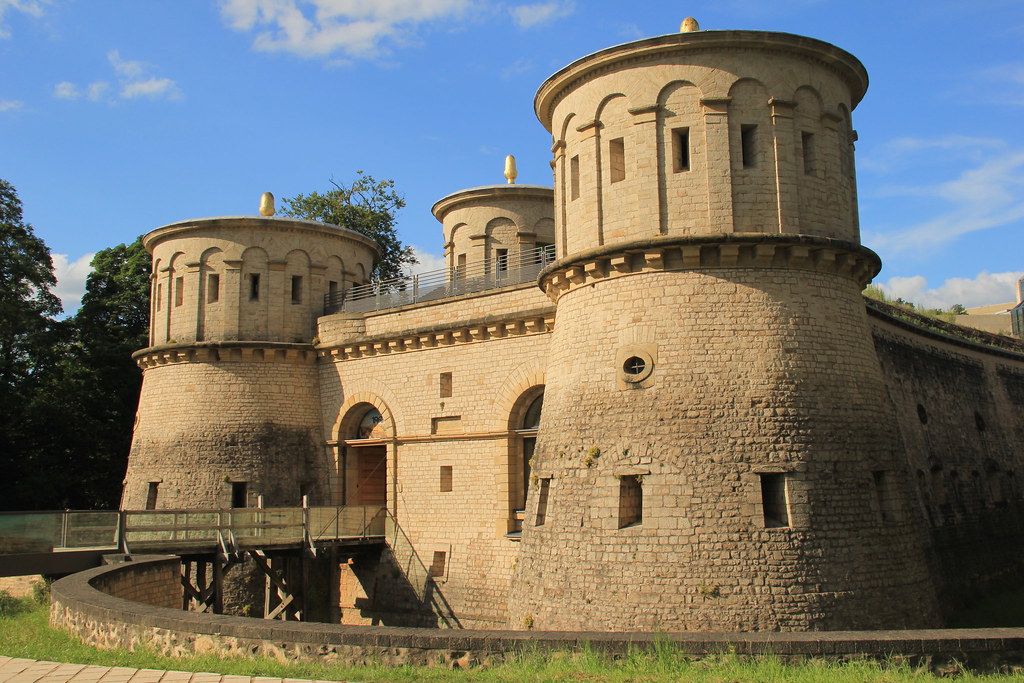


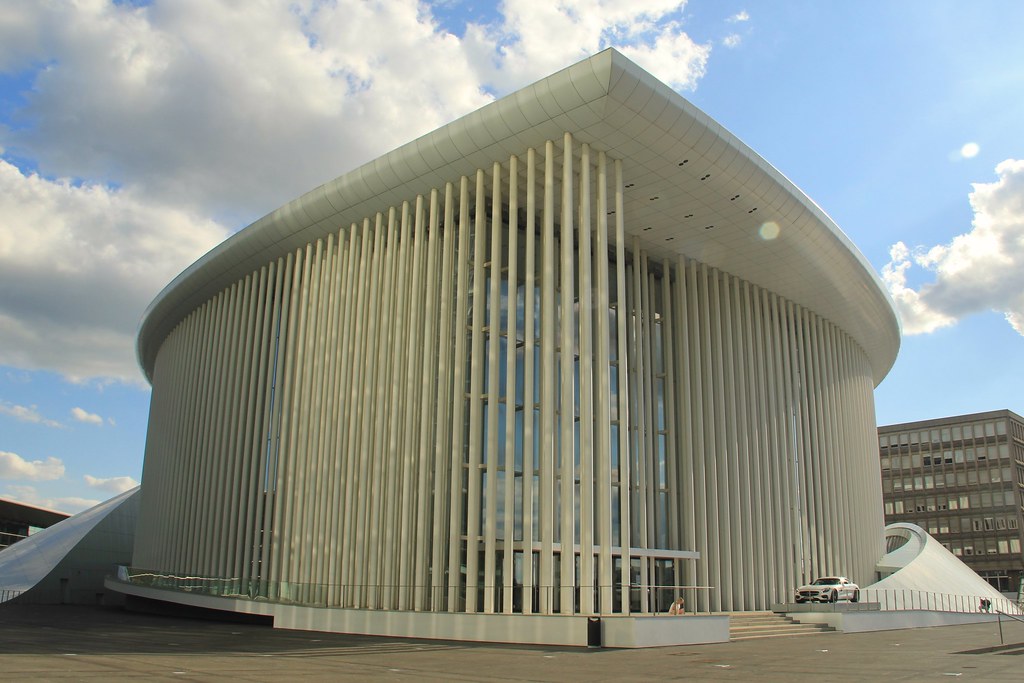
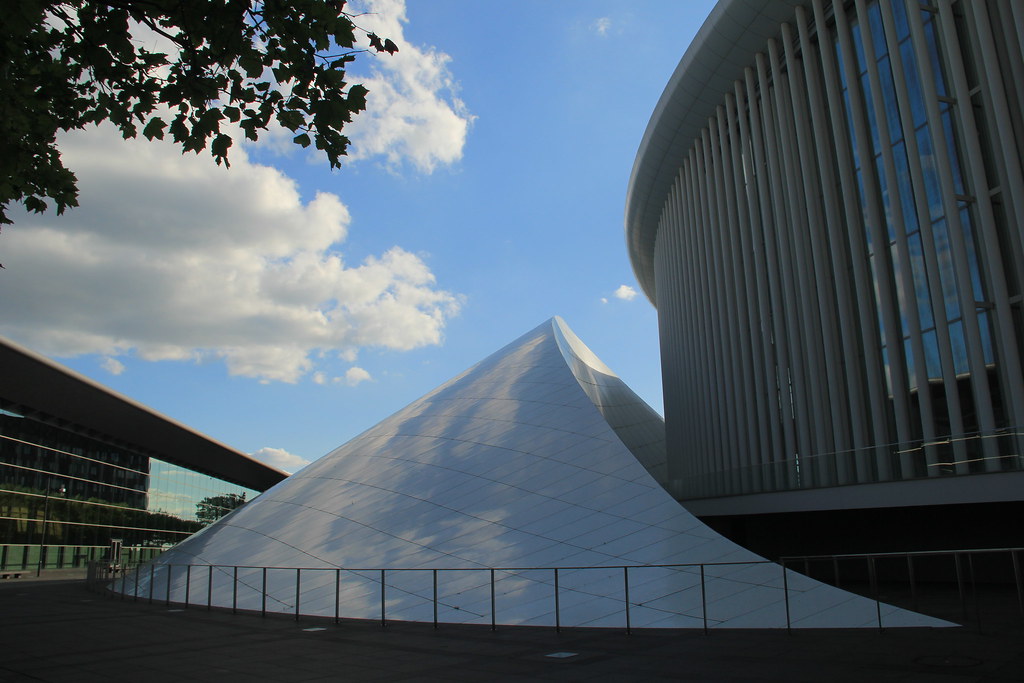

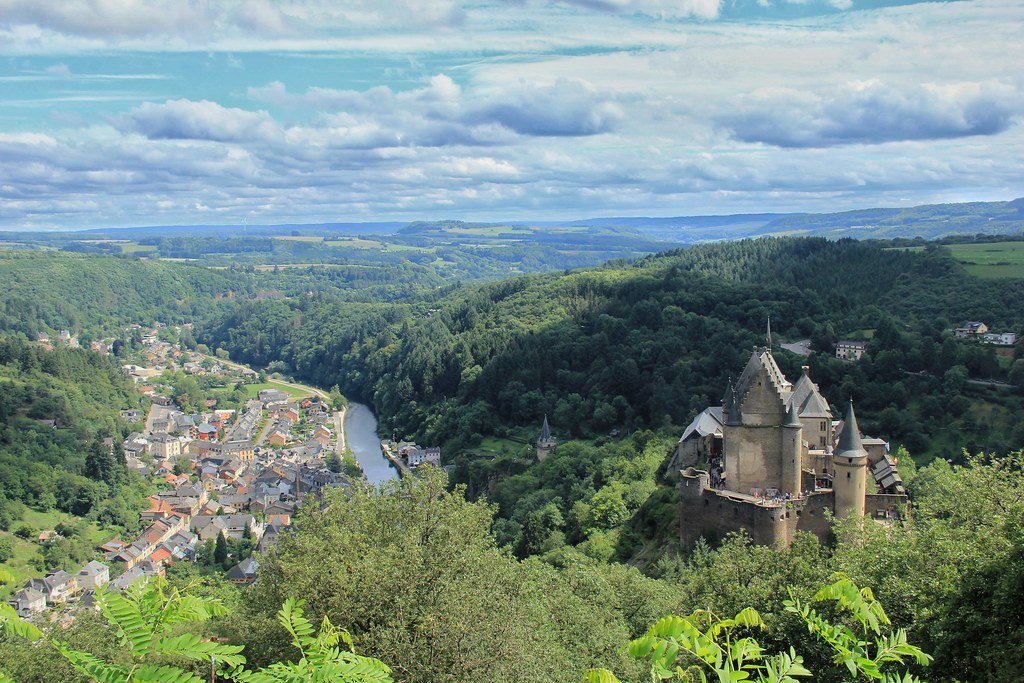

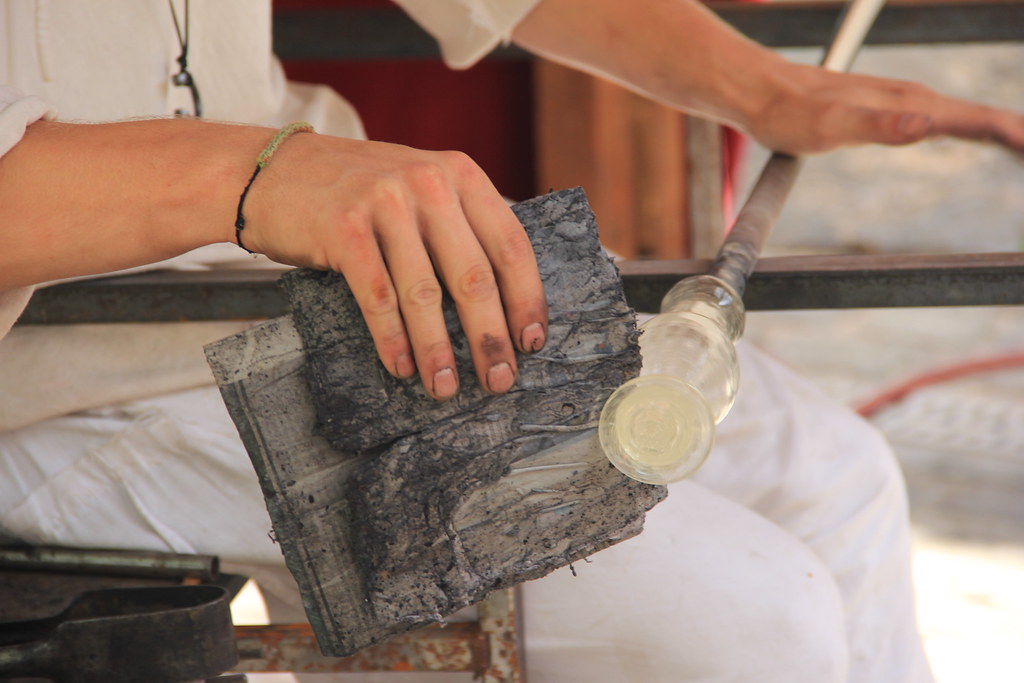
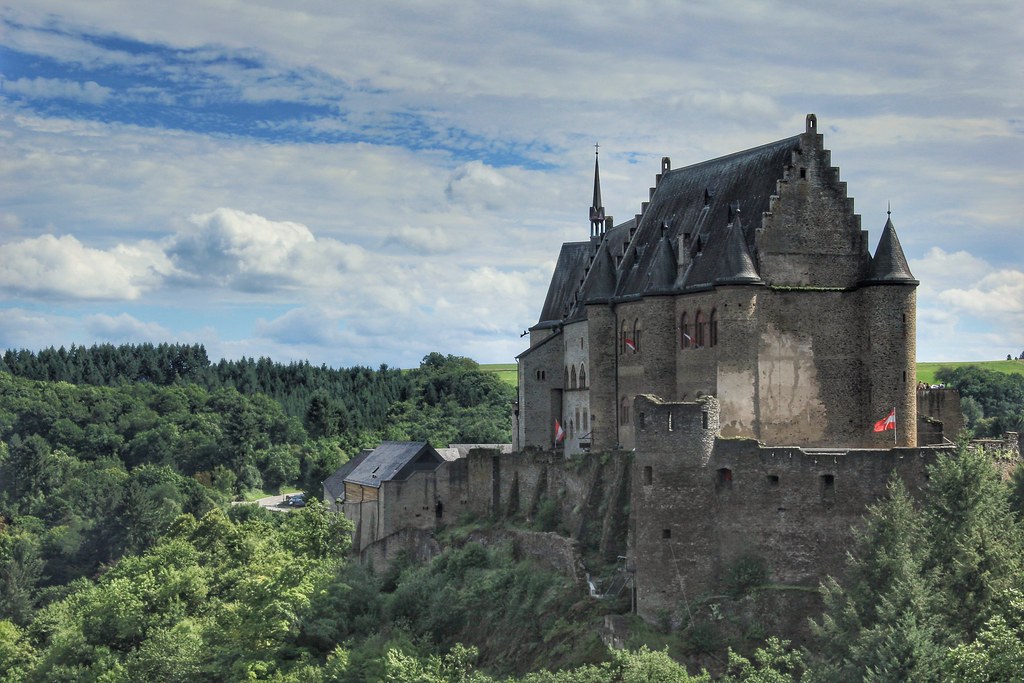

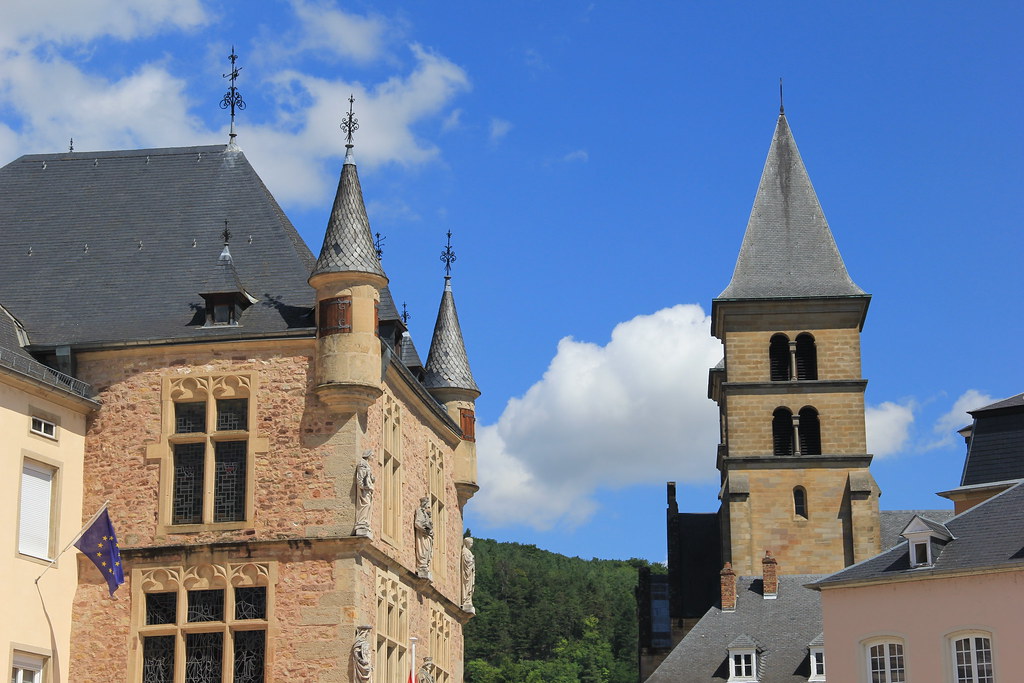
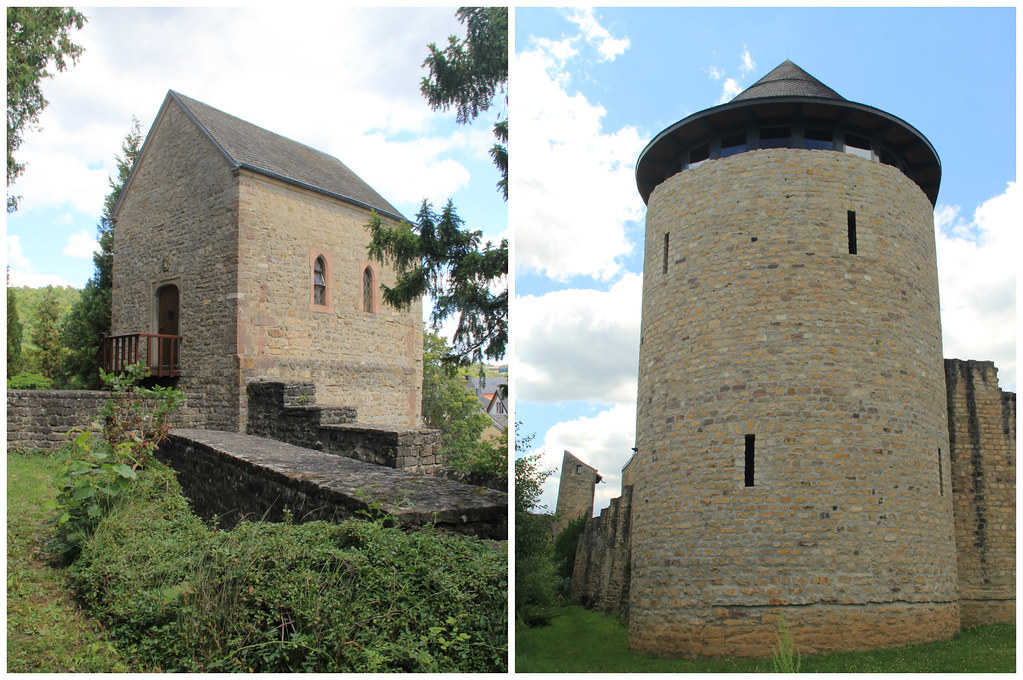

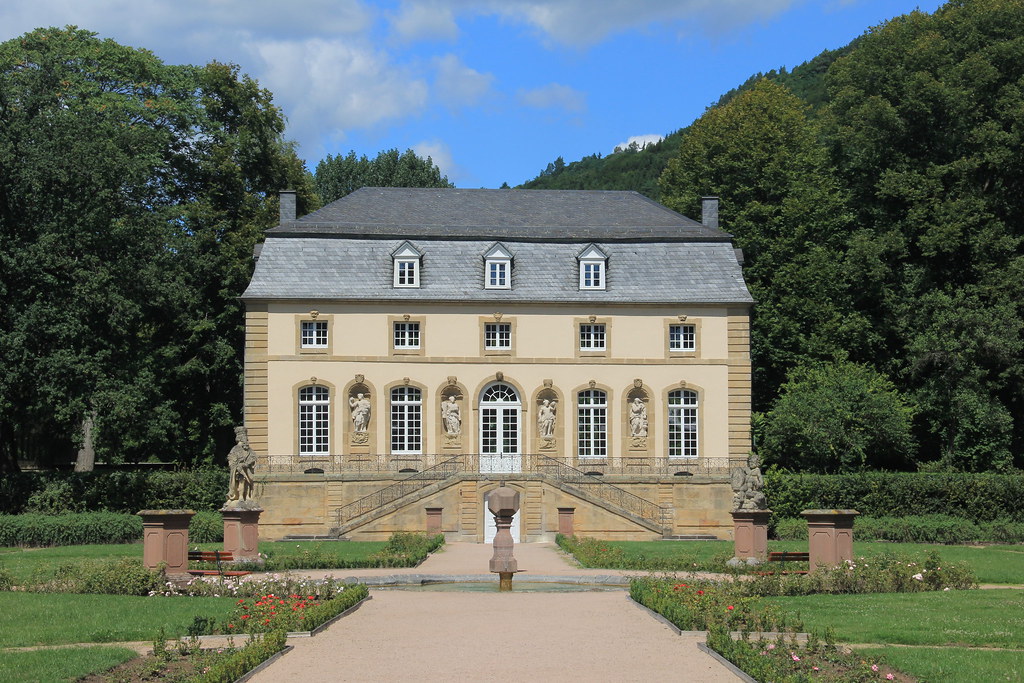

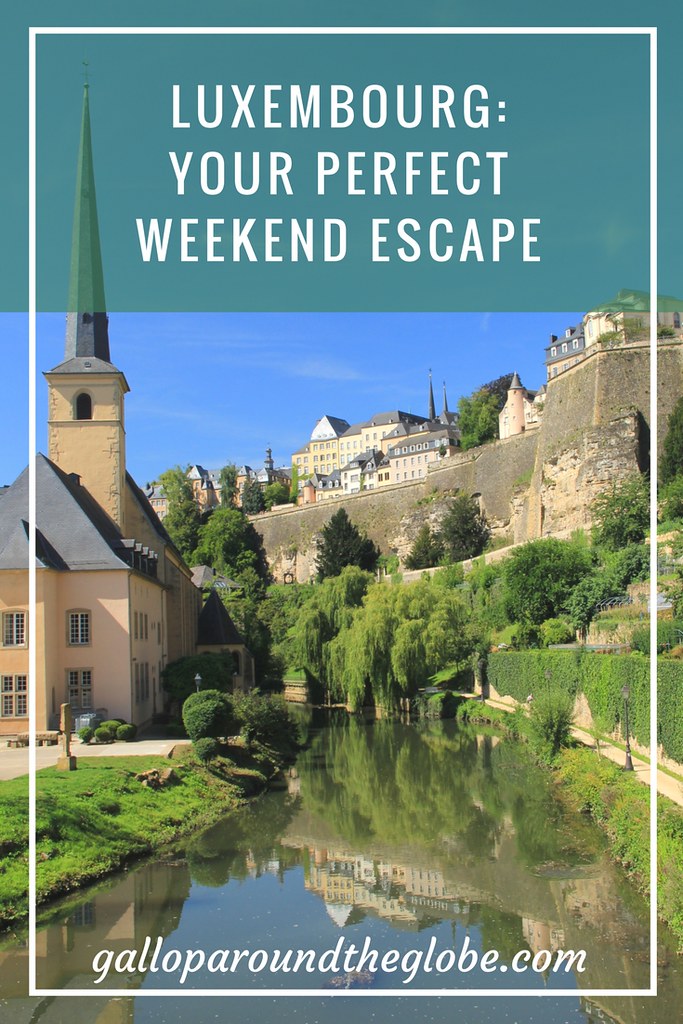





2 Comments
Perfect timing, I’m heading to Luxembourg in December and this is a huge help in my planning! Thanks for all the suggestions and advice.
Ooh how exciting! I bet it will look absolutely magical in winter under a fine blanket of snow and with all the sparkly Christmas lights! So pleased my post has been useful to you 🙂